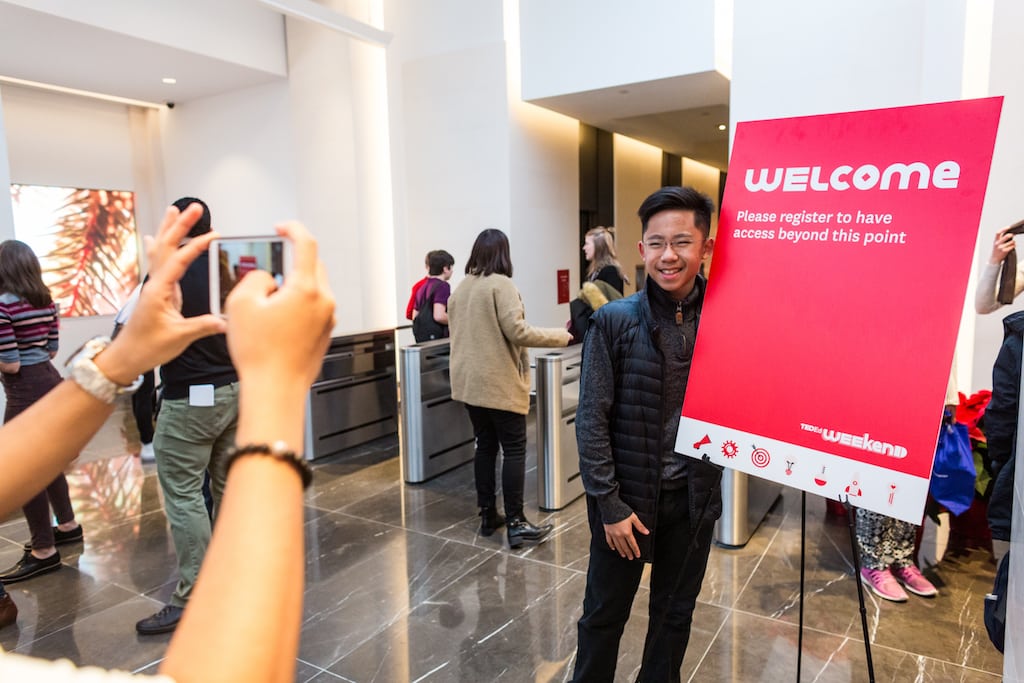Travel Managers and Meeting Planners Need to Work Closer Together

Skift Take
Meetings and events organizers are following the lead of their travel manager colleagues as they face budgetary and security challenges and seek to embrace technology.
One response to rising costs associated with increased travel expenses and venue shortages is a move among larger organizations to establish global meetings and events programs.
Cindy Fisher, senior vice president and global head of CWT Meetings & Events, said many organizations are following the example of global travel programs, but are finding meetings and events more complex: “It takes time because of the wider stakeholder base with the meetings and events ownership within corporates. Supporting compliance and sticking to a defined path with marketing, training, sales, CEO conferences and more does present challenges.”
There’s a move to partial outsourcing in an effort to cut costs and increase efficiencies, just like in corporate travel. International Association of Professional Congress Organisers president Jan Tonkin warns that outsourcing selected services rather than engaging a comprehensive meetings management provider is “creating a discounting environment which potentially leads to a reduction in service and it also encourages service provision by low-income countries”.
Safety and security is a key priority
Just as they impacted on corporate travel, safety and security are a major concern for anyone organizing events. Carlson Wagonlit Travel’s Fisher noted that “safety and security is everyone’s key priority in meetings and events. Companies are responsible for the safety of their employees and event attendees when they travel for work to attend meetings and events.”
Safety concerns from the meetings and events sector have prompted global security and health support agency International SOS to launch meetings-specific solutions, Sally Napper, Security Director for Australasia at International SOS told Skift.
“Event organizers are often asked to arrange trips or events for VIPs and executives," said Napper. "There is a huge potential for disruption and business continuity issues if these business people are faced with a medical or security issue. Along with understanding destination risks, organizers also need to account for the executives’ age and any pre-existing medical conditions that might necessitate specific requirements. This audience requires extra attention as high-profile executives require discreet services.”
Clients are also concerned about the risks associated with large corporate events arising from the diverse profiles of numerous attendees, local language barriers, administrative constraints, and disruption due to attendees’ sickness, all of which can potentially impact an event.
Technology Integrations Is a Challenge
Again, like travel, technology is often identified as a solution, but for the meetings and events sector, integration with other departments appears to be a daunting challenge.
“The emergence of improving efficiencies through various technology platforms has resulted in a variety of fantastic technology solutions; however, trying to allow for each platform to talk to each other is a huge challenge,” said Tonkin. “Each one individually is fantastic, but for a business to run to maximum efficiency, they all need to talk to each other.”
Many Carlson Wagonlit Travel clients are battling the same issue, with Fisher noting that the meetings and events industry runs on “a handful of global technologies and a few chunks of software, which don’t always connect with each other”. Her solution is to partner with agencies capable of developing integrated platforms and focus on the data outputs.
A recent American Express Global Business Travel report noted that technology is expected to continue its transformation of meetings and events in 2018, particularly on the end-to-end management of delivery and attendee experience. The potential of emerging technologies such as virtual reality and artificial intelligence, and the ongoing development of mobile-app and hybrid-meeting solutions, are creating innovation and value-add opportunities for both meetings owners and attendees.
Issa Jouaneh, senior vice president and general manager of American Express Meetings & Events, is confident about the year ahead, predicting global growth in spending.
That growth could be accompanied by some pain, however, unless meetings professionals embrace change and learn from their stakeholders, peers, and supply chain partners.




